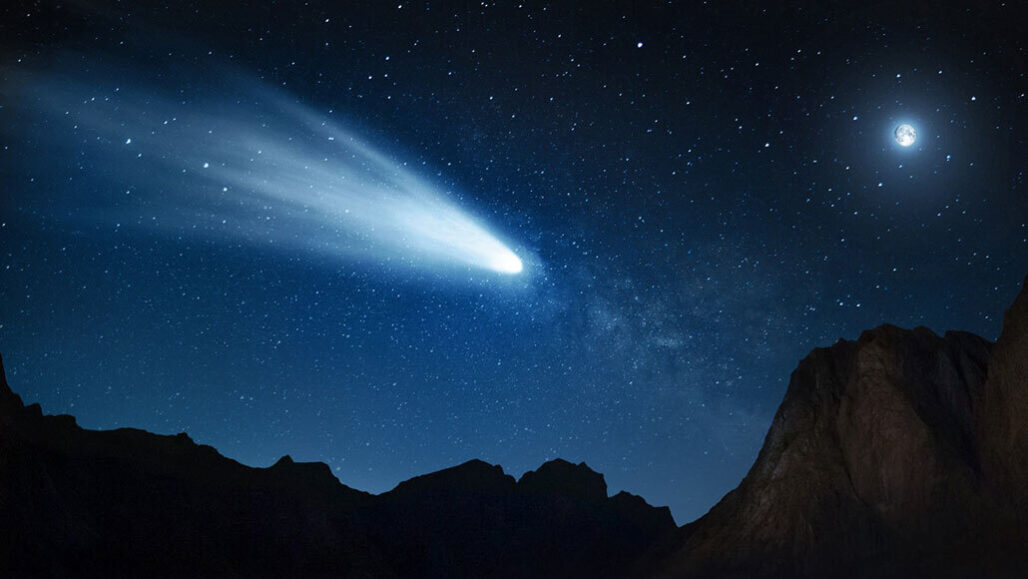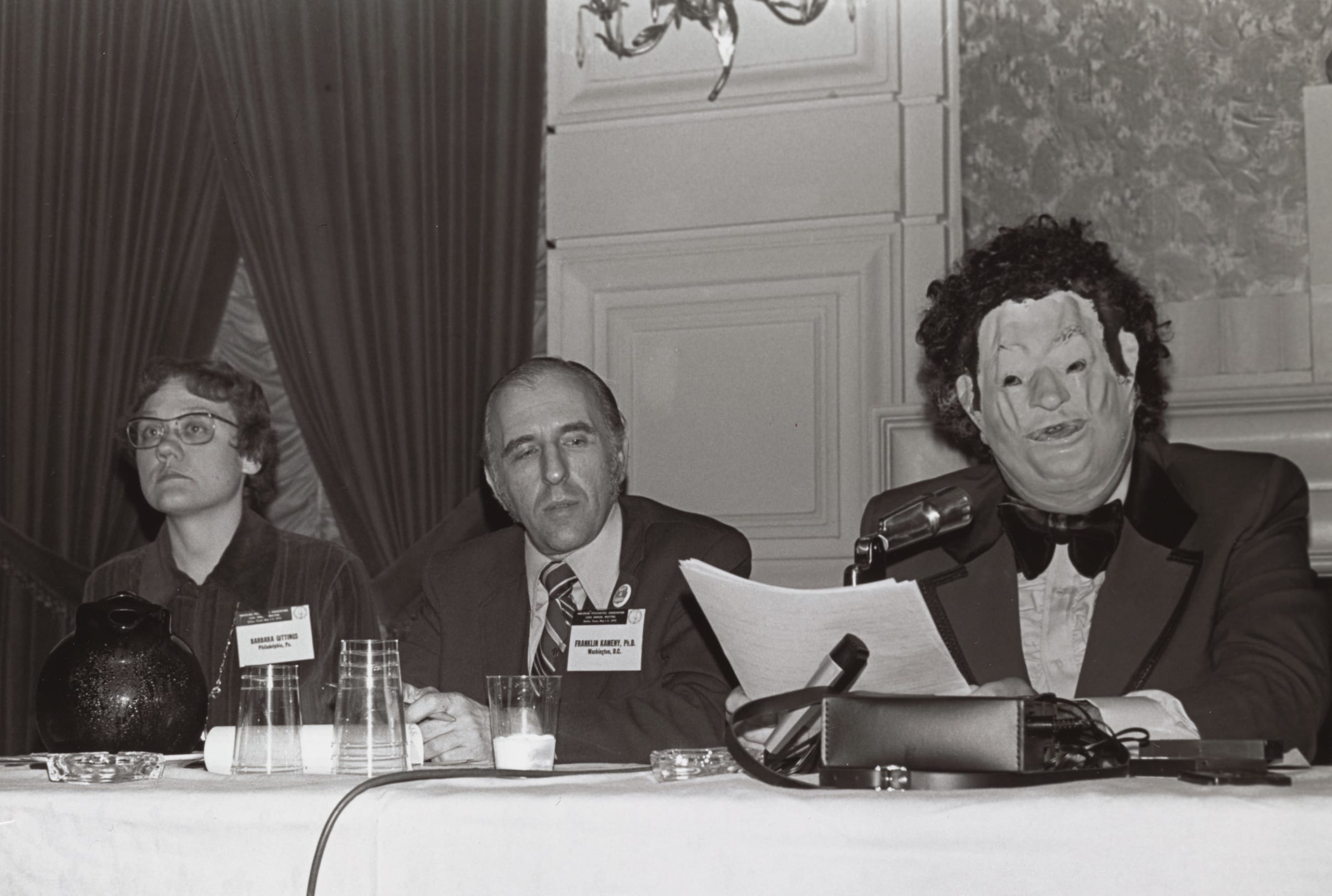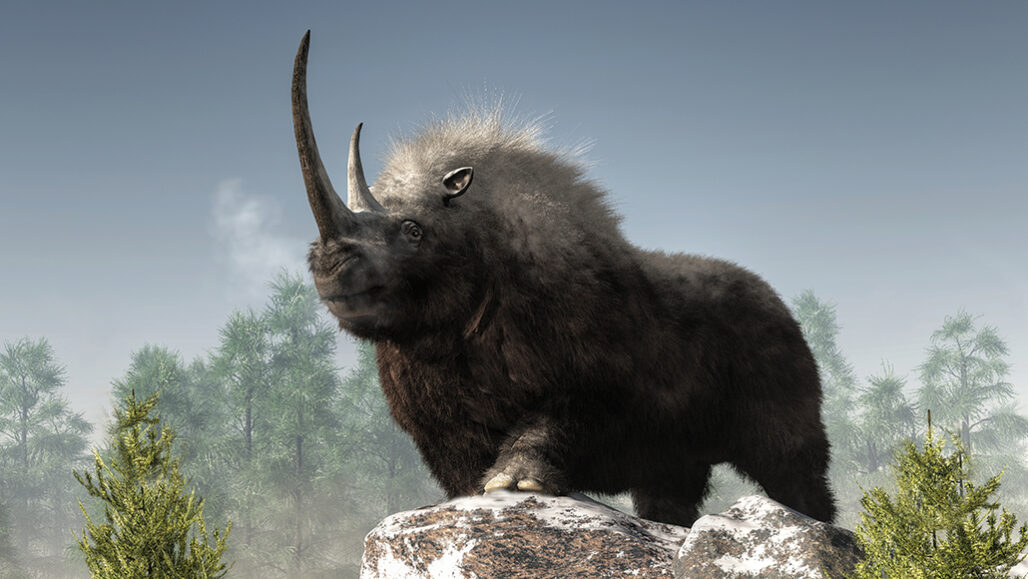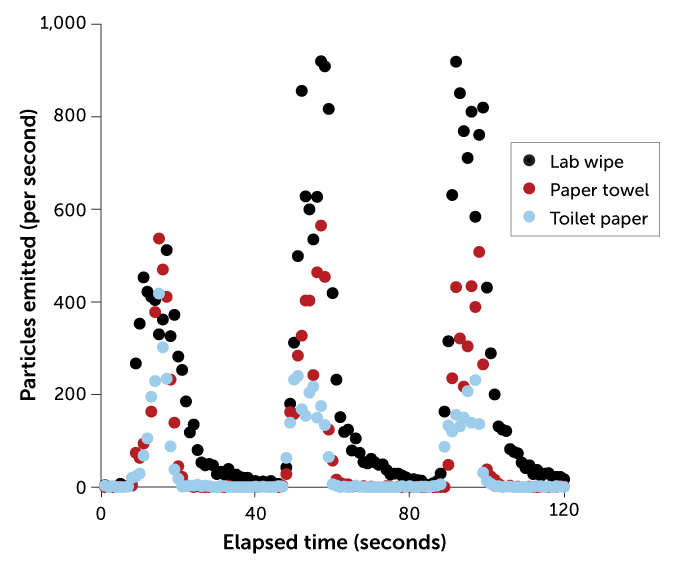Brittany A. Roston - Aug 18, 2020, 2:14 pm CDT0

The interstellar space rock dubbed ‘Oumuamua remains a mystery, according to a new study from Harvard University, which found that contrary to past findings, this cigar-shaped object is in fact not made from molecular hydrogen ice. The findings were recently published in The Astrophysical Journal Letters, detailing the reasons the molecular hydrogen ice proposal doesn’t fit what scientists know about such objects.
‘Oumuamua was spied in late 2017 and is the first (known) interstellar object to travel into our Solar System. The celestial object is moving incredibly fast, is shaped somewhat like a cigar, and it displays unique properties. What was first thought to be an asteroid, ‘Oumuamua was soon found to behave more like a comet, yet it displays certain properties not associated with either type of object.
Many details about this space object were published in the following months, including that it measures up to 400 meters in length and may be around 10 times longer than it is wide. This would be the most extreme aspect ratio of all known comets and asteroids found in our Solar System, according to NASA. The unusual nature of the object spurred fun speculation that perhaps ‘Oumuamua is an alien probe deliberately sent into our Solar System to gather data.
That is, of course, quite unlikely, but we still don’t have all the answers about ‘Oumuamua. In their new paper, researchers with the Harvard & Smithsonian’s Center for Astrophysics, as well as the Korea Astronomy and Space Science Institute, explain why the object couldn’t be made from molecular hydrogen ice as proposed in a paper published earlier this year.
The latest study’s lead author Dr. Thiem Hoang explained:
The proposal by Seligman and Laughlin appeared promising because it might explain the extreme elongated shape of ‘Oumuamua as well as the non-gravitational acceleration. However, their theory is based on an assumption that H2 ice could form in dense molecular clouds. If this is true, H2 ice objects could be abundant in the universe, and thus would have far-reaching implications. H2 ice was also proposed to explain dark matter, a mystery of modern astrophysics. We wanted to not only test the assumptions in the theory but also the dark matter proposition.
When ‘Oumuamua was detected in late 2017, it was moving at an incredibly fast speed of 196,000 miles per hour. The researchers express skepticism that a hydrogen iceberg could survive an intense high-speed journey across this distance for the duration of hundreds of millions of years without evaporating rapidly — and whether such an object could form in molecular clouds at all, according to study co-author Dr. Avi Loeb.
The Harvard Professor of Science went on to state that:
The most likely place to make hydrogen icebergs is in the densest environments of the interstellar medium. These are giant molecular clouds [GMCs] … Thermal sublimation by collisional heating in GMCs could destroy molecular hydrogen icebergs of ‘Oumuamua-size before their escape into the interstellar medium.
Of course, it’s only a matter of time before scientists figure out what this object is, particularly if the upcoming Vera C. Rubin Observatory scheduled to go live next year manages to find other similar objects, Loeb says.
Story Timeline
SETI probes mysterious Oumuamua interstellar object for radio signals











 An officer with the Minneapolis Police Department wears a body camera as part of his gear while responding to a call in 2019. Police departments across the country have started having their officers wear cameras to film their interactions with civilians, but it’s not clear that the devices reduce violent encounters.DIVERSEY/FLICKR (
An officer with the Minneapolis Police Department wears a body camera as part of his gear while responding to a call in 2019. Police departments across the country have started having their officers wear cameras to film their interactions with civilians, but it’s not clear that the devices reduce violent encounters.DIVERSEY/FLICKR (







